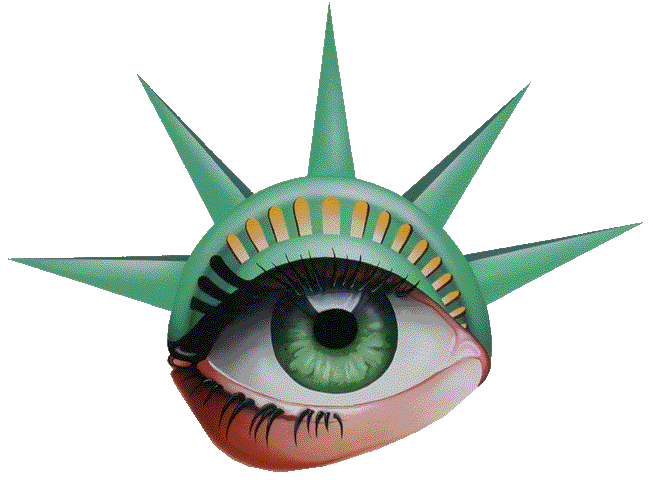When it comes to vision correction, LASIK surgery stands out as a revolutionary technique. It has transformed the lives of millions by offering a permanent solution to refractive errors such as nearsightedness, farsightedness, and astigmatism. However, the question arises: Can LASIK fix a lazy eye? This post dives deep into the subject, providing detailed insights and addressing frequently asked questions to enhance your understanding.
Understanding Lazy Eye
Lazy eye, medically known as amblyopia, is a condition where one eye fails to achieve normal visual acuity, even with the aid of prescription glasses or contact lenses. It typically develops from birth up to age 7 years and is often the result of the brain and the affected eye not working together properly. Causes can include strabismus (misalignment of the eyes), a significant difference in prescription between the two eyes, or a blockage of an eye due to cataract, for example.
LASIK Surgery: A Brief Overview
LASIK (Laser-Assisted In Situ Keratomileusis) is a surgical procedure aimed at correcting vision by reshaping the cornea, the clear front part of the eye. This allows light entering the eye to be properly focused onto the retina for clear vision. The procedure is renowned for its high success rates and the ability to significantly reduce or even eliminate the need for glasses or contact lenses.
Can LASIK Correct Lazy Eye?
The straightforward answer is no. LASIK surgery corrects refractive errors by altering the shape of the cornea. Lazy eye, however, is a neuro-developmental condition involving the brain’s ability to use both eyes together. Since LASIK does not address the neural aspects of amblyopia, it cannot directly correct a lazy eye.
Addressing the Underlying Issues
For individuals with amblyopia, the primary treatment approach involves encouraging the use of the weaker eye. This can include patching the stronger eye, atropine drops to blur the vision in the stronger eye temporarily, or vision therapy to improve binocular vision. In cases where amblyopia is caused by a significant refractive error in one eye, glasses or contact lenses are the first line of treatment to correct the imbalance between the eyes.
Detailed Table: LASIK Surgery and Lazy Eye
| Feature | LASIK Surgery | Lazy Eye (Amblyopia) |
|---|---|---|
| Definition | A surgical procedure to correct vision by reshaping the cornea. | A developmental problem in the brain, not the eye itself, resulting in decreased vision in one eye. |
| Purpose | To correct refractive errors such as nearsightedness, farsightedness, and astigmatism. | To improve visual acuity in the weaker eye and ensure proper visual development. |
| Treatment Method | Laser technology to reshape the cornea. | Patching, atropine drops, glasses, or contact lenses; sometimes vision therapy. |
| Direct Impact on Condition | Corrects the refractive error, not applicable to lazy eye. | Treatments aim to stimulate and improve the visual functionality of the affected eye. |
| Age Consideration | Generally recommended for adults over 18. | Treatment is most effective when started early, ideally in childhood. |
Frequently Asked Questions
What Are the Limitations of LASIK Surgery in Treating Lazy Eye?
LASIK surgery cannot directly treat lazy eye because it does not address the neural components of amblyopia. The surgery is designed to correct the shape of the cornea, thus improving the eye’s ability to focus. However, if amblyopia is present, the brain’s processing of visual information from the affected eye remains unchanged post-surgery.
Can LASIK Surgery Be Performed on Someone with a Lazy Eye?
Yes, individuals with a lazy eye can undergo LASIK surgery to correct refractive errors in their eyes. However, they should have realistic expectations regarding the outcome. While LASIK may improve overall visual acuity, it will not correct the amblyopia. A thorough evaluation by a qualified eye care professional is essential to determine the suitability of LASIK for patients with a lazy eye.
How Can Lazy Eye Be Effectively Treated?
Effective treatment for lazy eye involves strategies to encourage the brain to use the weaker eye. This can include:
- Patching the stronger eye: Forces the brain to use the weaker eye.
- Atropine eye drops: Temporarily blurs the vision in the stronger eye.
- Corrective eyewear: Glasses or contact lenses to correct refractive errors contributing to amblyopia.
- Vision therapy: Exercises and activities designed to improve binocular vision and the ability of the eyes to work together.
What Should Individuals with a Lazy Eye Consider Before Opting for LASIK?
Individuals with a lazy eye considering LASIK should consult with an experienced eye care professional to thoroughly understand the potential benefits and limitations of the surgery. It’s crucial to address the amblyopia first, if possible, to maximize visual development and function. LASIK may be a viable option for correcting refractive errors once amblyopia treatments have been optimized.
Conclusion
While LASIK surgery offers remarkable benefits in correcting refractive errors, it is not a direct solution for lazy eye. Understanding the differences between these conditions is crucial for setting realistic expectations and pursuing the most appropriate treatment. For individuals with amblyopia, early intervention and tailored treatments are key to improving visual outcomes.
If you’re considering LASIK surgery or seeking treatment for lazy eye, it’s essential to consult with a trusted and experienced eye care professional. At Liberty Laser Eye Center, our team is dedicated to providing personalized care and the most advanced options available. From addressing common misconceptions about eyesight to offering the latest laser eye surgery technologies, we are here to guide you through every step of your journey to better vision. Contact us today to explore how we can help you achieve your vision goals.


